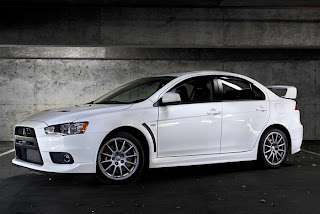 |
| Grainy cell phone shot of Mehling, Rocha, Fontaine (L-R) |
When I arrived, the place, which sprawls south and west, was full in the main bar area, so I stood and listened until I located a seat at the bar. The musicians had started a little before I arrived. It was the trio playing tonight, and I saw three familiar faces playing French Gypsy Jazz that I'd researched in advance online.
Paul Mehling is the leader and founder, and "godfather of American gypsy jazz." Inspired by many artists, but none more than the great Django Reinhardt, he plays the guitar like nobody I've ever heard, his fingers flying across the fingerboard while he seems to be effortlessly watching his hands.The man is a true marvel, and gave us many fine solos throughout the evening.
Isabelle Fontaine sang beautifully while keeping the rhythm that this kind of music requires of a non-soloing guitar. There is no drummer in this kind of trio--but who needed one? Isabelle grew up in France with the sounds of Edith Piaf, Charles Trenet, and Yves Montand. She spent decades playing music of the 1950's in France. Lucky for us, she lives in the San Francisco Bay Area now, where we who live here can enjoy her lively and also subtle performance.
Young Sam Rocha, a native Californian, has been playing serious bass since the age of 16, having won contests, scholarships, and much acclaim and appreciation. This evening he was playing a bass strung with old-fashioned gut strings and set up much like one would be in the 1930's--when this style of performing was the norm. His hands moved over the large fingerboard of the bass with ease, and he got lots of solos to show off his chops.
A special treat was the lovely Varese, who came up and sang in each set for a few numbers, bringing to life the blues style of Bessie Smith and other artists of early to mid-20th century jazz. Standing up to the old-fashioned mike, she evoked the mood of those heady days. She sings gigs on her own, but likes to join Le Jazz Hot when they are performing locally. The audience enjoyed her immensely.
Many of the songs were not familiar to me, but all were enjoyable. I recall hearing What is This Thing Called Love, which Isabella sang in a way very different from the Frank Sinatra version with which I am most familiar. She also sang a version of La Vie en Rose as an encore which would have made Edith Piaf proud.
There's something wonderful about the intimacy of a small venue, with minimal amplification, good quality beer on tap (I sampled both of the dark German beers, which arrived sequentially in their own specially shaped glass steins). The folks sitting at the bar seemed to have met before, so it had the feeling of a casual but special restaurant and a neighborhood bar at the same time. Some day I'll have to come earlier and sample the German cuisine.
See their website for details and be sure to get to one of their upcoming performances.



















